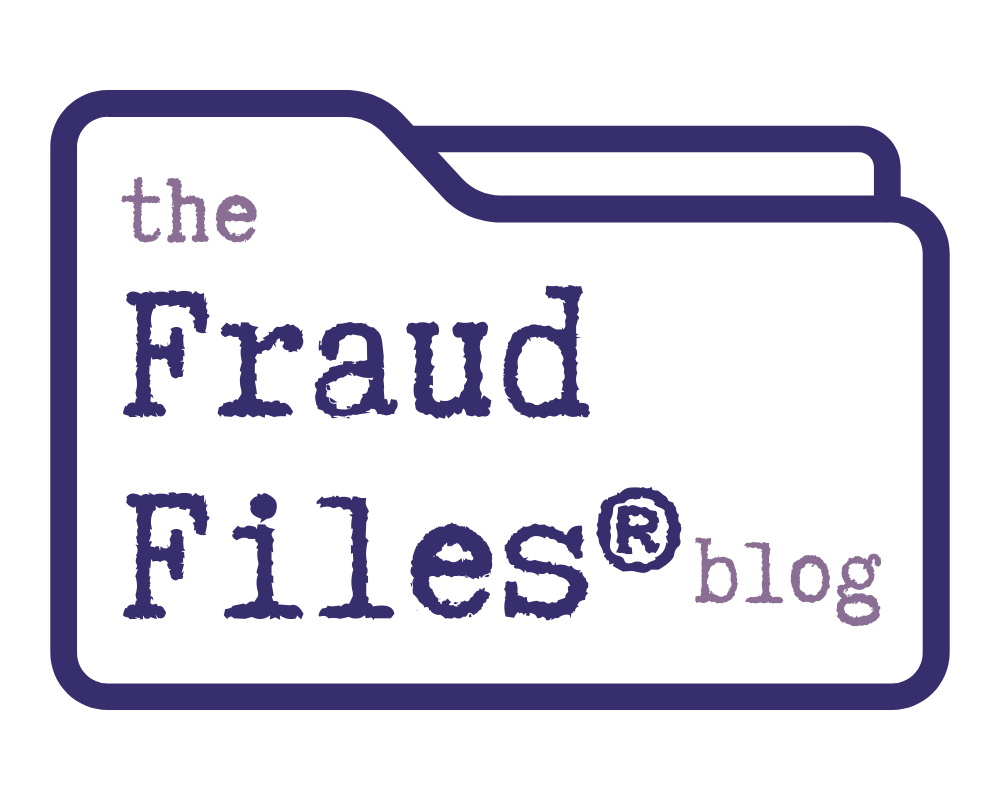Chewco, one of the special purpose entities (SPE) that Enron used to enhance its financial statements, was under examination by the Arthur Andersen accountants. Specifically, they came across a letter that indicated that six million dollars from JEDI (another SPE) would fund a reserve account.
This was the proof of a secret side agreement used to get the Chewco deal closed. The six million dollars had been placed in a reserve account to secure a portion of the money provided by Barclays Bank. Enron could argue all it wanted that Barclays’s cash was really equity and not a loan. It didn’t matter anymore. Chewco had been constructed with exactly three percent independent equity. With six million dollars secured, Barclays did not have that cash at risk. Even assuming Barclays’s money was equity, Chewco was short the three percent by at least six million dollars.
There could no longer be any question. The accounting failed. Chewco was not a valid special-purpose entity. It was Enron.
And that it how it came to pass that Enron was going to have to recognize losses from these entities on its own financial statements. The entities were really not independent, so their financial results were Enron’s financial results. The vehicles that Enron executives used to move losses off Enron’s financial statements failed.



